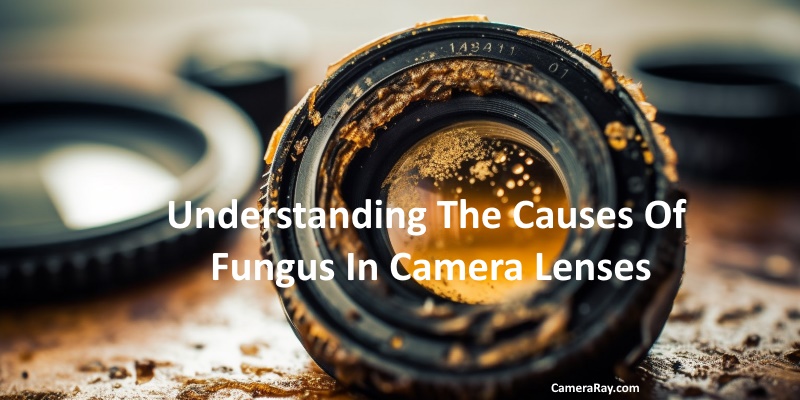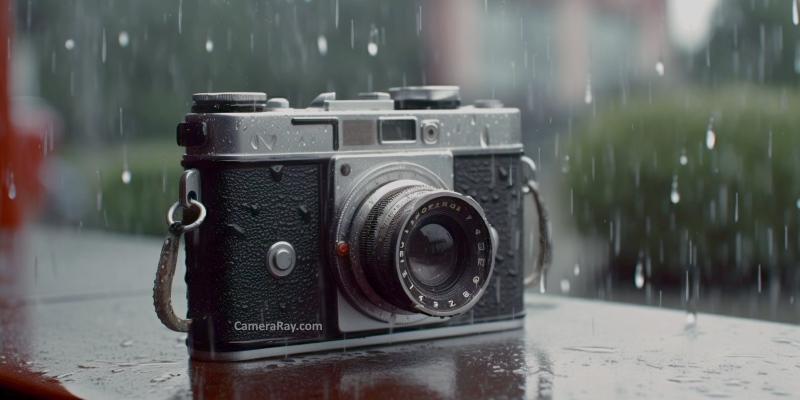
Understanding The Causes Of Fungus In Camera Lenses.
A camera lens, like any other optical instrument, is susceptible to a variety of issues that can compromise the quality of the images it captures. One of these challenges is the growth of fungus within the lens. Fungus not only affects the performance of the lens but can also lead to irreversible damage if not addressed promptly. This article delves into the causes of fungal growth in camera lenses, preventive measures, and potential solutions.
Causes of Fungus in Camera Lenses
Humidity and Moisture
The primary cause of fungus growth in camera lenses is the presence of moisture, especially in areas with high humidity levels. Fungus spores are ubiquitous in the environment, and when they come into contact with the right conditions, they can grow and multiply rapidly. High humidity levels and condensation inside the lens create a suitable environment for fungal growth.

Lack of Ventilation
A lack of proper ventilation can also contribute to the development of fungus in a camera lens. When a lens is stored in a confined space without adequate air circulation, moisture can build up, leading to the growth of fungus. Additionally, a lack of ventilation may cause temperature fluctuations that can result in condensation, further exacerbating the problem.
Organic Material
Organic materials, such as dust and pollen, can also promote fungal growth in camera lenses. These materials can adhere to the lens surface and provide nutrients for fungus spores to grow. When combined with moisture, this creates an ideal environment for fungal growth.
Infrequent Use
Camera lenses that are not used regularly are more susceptible to fungus growth. When a lens is left idle for long periods, it becomes more vulnerable to moisture and temperature fluctuations that can lead to fungal growth. Regular use helps to reduce the chances of fungus developing by keeping the lens exposed to fresh air and minimizing the buildup of dust and other organic materials.
Preventing Fungus in Camera Lenses
Proper Storage
To minimize the risk of fungus growth, it is essential to store camera lenses in a dry, cool, and well-ventilated environment. This will help prevent moisture buildup and temperature fluctuations that can lead to condensation. It is advisable to use silica gel packets, dehumidifiers, or other moisture-absorbing materials to maintain a low humidity level in the storage area.
Regular Cleaning
Regular cleaning of the camera lens is crucial in preventing fungal growth. This includes wiping the lens surface with a soft, lint-free cloth to remove dust and other organic materials. It is also essential to clean the lens mount, as this area can also harbor fungus spores. Cleaning should be done gently and with proper lens-cleaning solutions to avoid scratching the lens or causing other damage.
Frequent Use
Using the camera lens regularly can help prevent fungal growth. Regular use helps to reduce the buildup of dust and other organic materials, as well as expose the lens to fresh air, which can inhibit fungal growth.
Avoiding Extreme Temperatures and Humidity
When using the camera lens in extreme temperatures or high humidity environments, it is crucial to take measures to protect it from moisture. This may include using weather-resistant camera bags, lens caps, and other protective gear. Also, when moving between environments with significant temperature differences, it is essential to allow the lens to acclimate to the new temperature before using it to minimize condensation.
Addressing Fungus in Camera Lenses
If you discover fungus in your camera lens, it is essential to act promptly to minimize the damage. In some cases, the fungus may be superficial and can be removed by carefully cleaning the lens surface. However, if the fungus has penetrated the lens elements, professional cleaning or repair may be required.
Professional Cleaning
In cases where the fungus has infiltrated the lens elements, it is crucial to consult with a professional camera technician or authorized service center. These professionals have the necessary expertise and equipment to disassemble the lens, clean the affected areas, and reassemble it properly. Attempting to clean the lens yourself can result in further damage or misalignment of the lens elements.
Replacement of Lens Elements
If the fungus has caused significant damage to the lens elements, it may be necessary to replace the affected components. This process can be expensive, depending on the specific lens model and the extent of the damage. In some cases, it may be more cost-effective to replace the entire lens rather than repairing it.
Prevention Measures After Treatment
After addressing the fungus issue, it is essential to implement preventive measures to avoid future fungal growth. This includes proper storage, regular cleaning, and frequent use of the lens, as well as paying attention to temperature and humidity conditions when using the camera.
Fungus growth in camera lenses can lead to severe performance issues and irreversible damage if not treated promptly. Understanding the causes of fungal growth, such as humidity, moisture, organic materials, and infrequent use, can help photographers take the necessary steps to prevent this problem. By implementing proper storage, regular cleaning, frequent use, and protection from extreme temperatures and humidity, photographers can minimize the risk of fungal growth and ensure their lenses remain in optimal condition for capturing stunning images.
